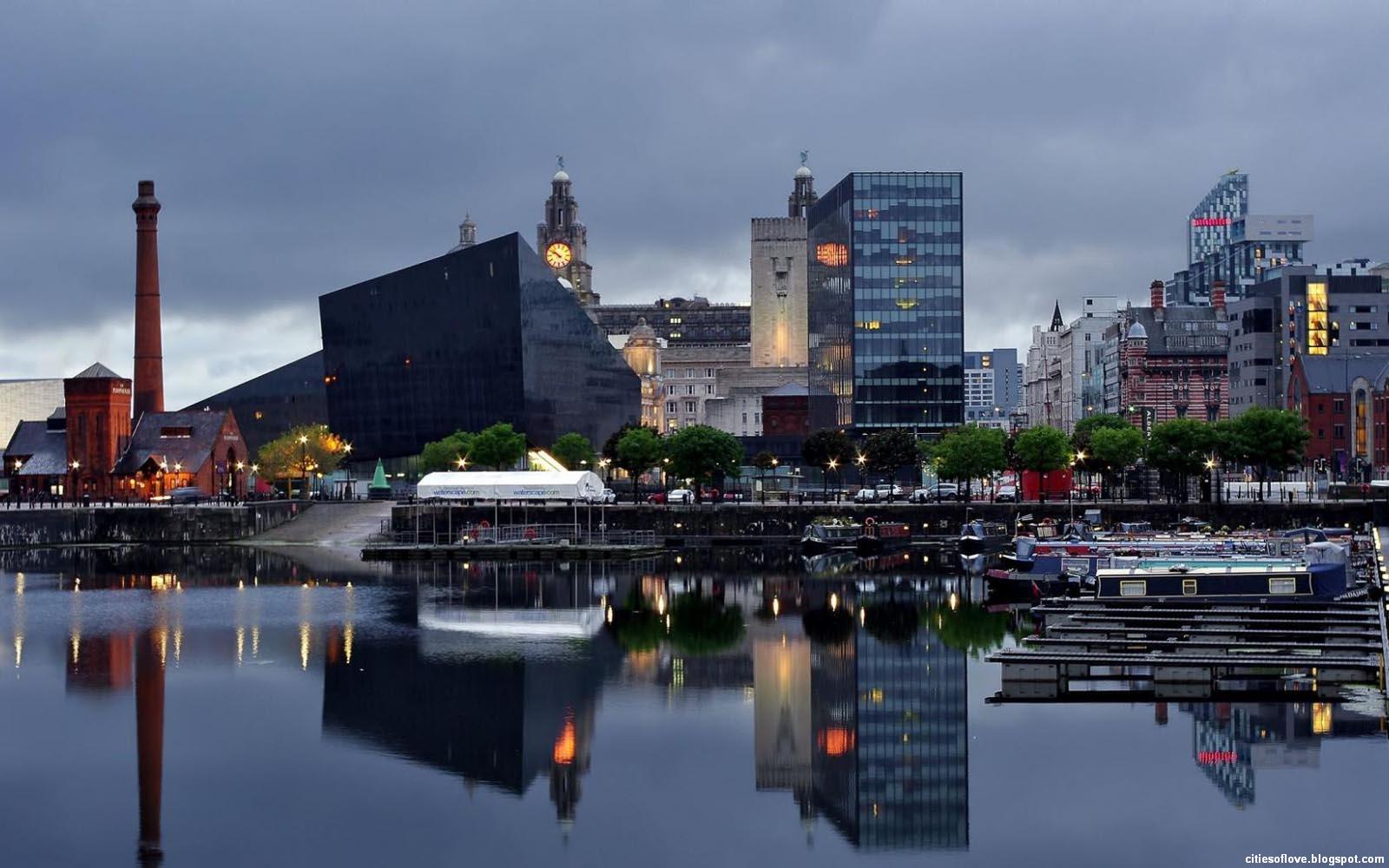Liverpool definition encompasses far more than just a geographical location. From its humble beginnings as a small port town to its current status as a major UK city, Liverpool’s identity is woven from a rich tapestry of historical events, cultural influences, economic shifts, and architectural marvels. Understanding Liverpool requires exploring its multifaceted nature, from its maritime heritage to its vibrant modern cultural scene.
This exploration delves into the geographical coordinates that define Liverpool’s position within the UK, charting its historical evolution through key events and influential figures. We’ll examine the city’s economic engine, its distinctive architectural style, and the enduring cultural impact of its musical legacy, most notably The Beatles. Furthermore, we’ll consider Liverpool’s modern dynamism and the projects shaping its future.
Liverpool: A Geographical, Historical, and Cultural Overview: Liverpool Definition
Liverpool, a city on the northwest coast of England, boasts a rich tapestry woven from geographical advantages, historical events, and vibrant cultural influences. Its evolution from a small port to a major global city is a compelling narrative reflecting its unique identity.
Liverpool’s Geographical Location
Nestled on the eastern side of the Mersey Estuary, Liverpool benefits from its strategic location. Its proximity to the Irish Sea facilitated its rise as a major port, while its relatively central position within the UK provided access to other significant urban centers. The city’s geographical features, including its natural harbor and flat terrain, significantly influenced its development, shaping its infrastructure and economic activities.
The River Mersey, in particular, played a crucial role in the city’s growth, providing access to trade routes and facilitating the movement of goods.
| Geographical Coordinates | Distance from Major UK Cities (approx.) |
|---|---|
| 53.40° N, 2.99° W | Manchester: 35 miles |
| London: 200 miles | |
| Birmingham: 160 miles | |
| Edinburgh: 300 miles |
Liverpool’s Historical Development
Liverpool’s history is marked by pivotal moments that shaped its identity. From its humble beginnings as a small trading settlement to its emergence as a major port during the transatlantic slave trade and subsequent industrial revolution, the city’s journey is rich with significant events and influential figures.
- 1207: First recorded mention of Liverpool.
- 1717: Liverpool’s growth accelerates with the establishment of the Royal African Company’s trade in slaves.
- 18th & 19th Centuries: Liverpool becomes a major port during the Industrial Revolution, benefiting from the growth of the cotton trade and transatlantic commerce.
- 20th Century: The decline of the port and subsequent regeneration efforts mark a new era for the city.
- 21st Century: Liverpool experiences cultural and economic revitalization, highlighted by its European Capital of Culture status in 2008.
Liverpool’s Cultural Identity
Liverpool’s cultural landscape is distinctive, characterized by its strong musical heritage, its vibrant arts scene, and its unique sense of community. The influence of iconic bands like The Beatles is undeniable, but the city’s cultural richness extends far beyond its musical legacy.
A typical Liverpool cultural experience might involve a visit to the Cavern Club, a pilgrimage to Strawberry Field, exploring the city’s many museums and art galleries, or attending one of the many festivals that take place throughout the year, such as the Mathew Street Festival, celebrating the city’s musical heritage.
Liverpool’s Economic Structure
Liverpool’s economy is diversified, although its historical dependence on the port remains a significant factor. The city has undergone significant economic transformation, moving away from its traditional industries towards a more service-based economy.
| Industry Sector | Contribution to GDP (Illustrative) |
|---|---|
| Tourism | High |
| Education | Moderate |
| Healthcare | Moderate |
| Logistics and Maritime | Moderate |
Liverpool’s Architectural Heritage
Liverpool’s architecture is a testament to its history and economic development. The city boasts a variety of architectural styles, reflecting its evolution over the centuries. The impact of historical events and economic shifts are clearly visible in the city’s built environment.
The Albert Dock, a stunning example of Grade I listed Georgian architecture, stands as a symbol of Liverpool’s maritime past. Its distinctive red brick warehouses, now housing museums, shops, and restaurants, showcase the city’s architectural prowess and its successful regeneration efforts.
Liverpool’s Port and Maritime History, Liverpool definition
Liverpool’s port has been instrumental in shaping the city’s identity and economic fortunes. From its early days as a small trading post, the port grew to become one of the busiest in the world, playing a vital role in the transatlantic slave trade and the Industrial Revolution. Its continued importance in the modern era demonstrates its enduring significance.
Learn about more about the process of 91 92 premier league table in the field.
The SS Great Britain, a pioneering iron-hulled steamship designed by Isambard Kingdom Brunel, exemplifies Liverpool’s maritime legacy. Its innovative design and significant contribution to transatlantic travel highlight the city’s role in shaping global maritime history.
Liverpool’s Modern Identity

Today, Liverpool is a thriving modern city, balancing its rich history with a dynamic present. The city is known for its vibrant cultural scene, its welcoming atmosphere, and its ambitious regeneration projects. A modern-day experience in Liverpool might include a visit to the iconic Liver Building, a stroll through the trendy Baltic Triangle, or enjoying a performance at the Royal Court Theatre.
Initiatives like the ongoing development of the city center and the continued investment in its cultural institutions are shaping Liverpool’s future, ensuring its continued growth and prosperity as a major UK city.
Liverpool’s definition is a dynamic narrative, constantly evolving yet deeply rooted in its past. From its powerful maritime history to its current status as a thriving cultural hub, the city’s identity is a complex and fascinating blend of historical significance, economic prowess, and undeniable cultural charm. Understanding this multifaceted definition reveals a city rich in heritage, vibrant in its present, and promising in its future.


